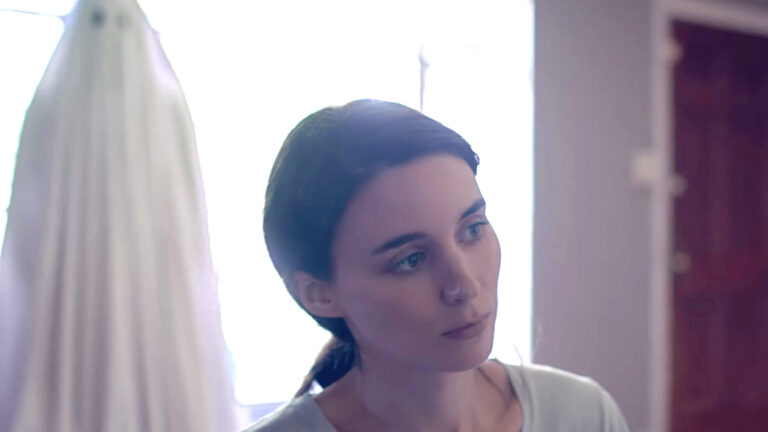Film Review: A Ghost Story
Minimalist Tale Of Life And Death May Be Saying Something, But It’s Keeping Awfully Quiet


“Boo!”
Latest Article|September 3, 2020|Free
::Making Grown Men Cry Since 1992


“Boo!”